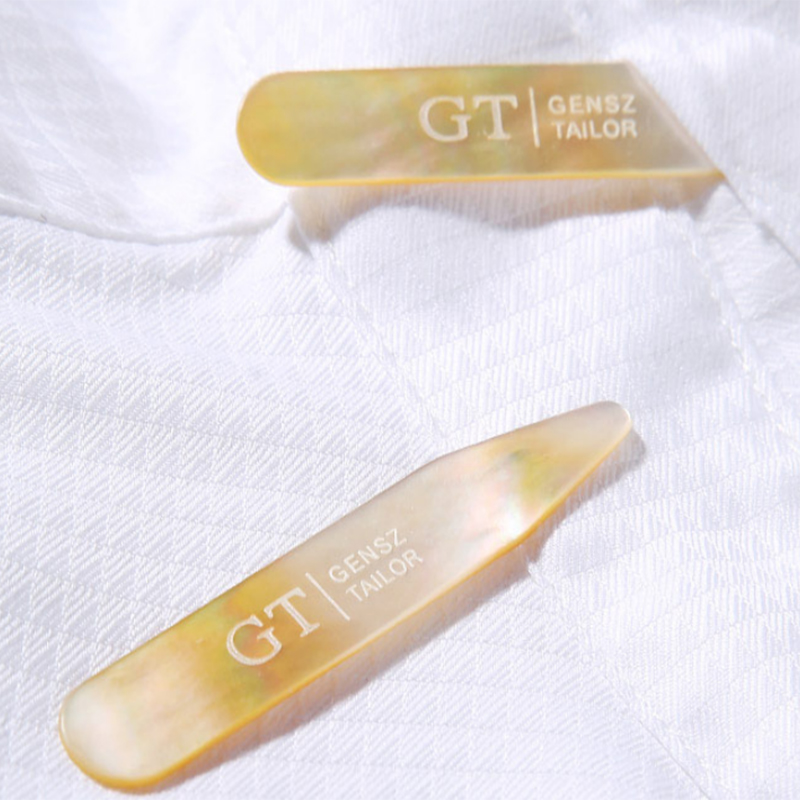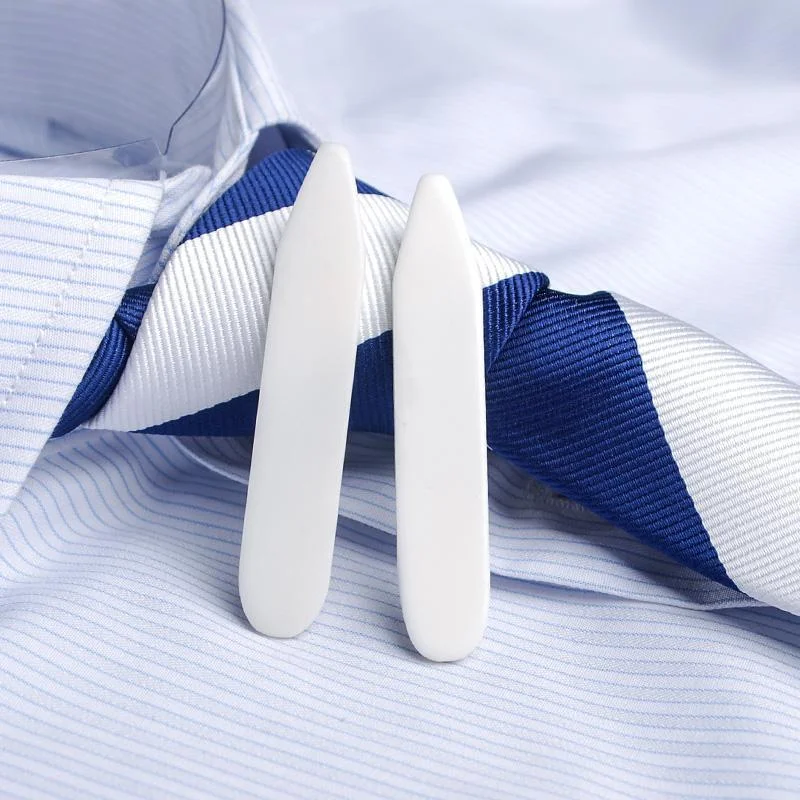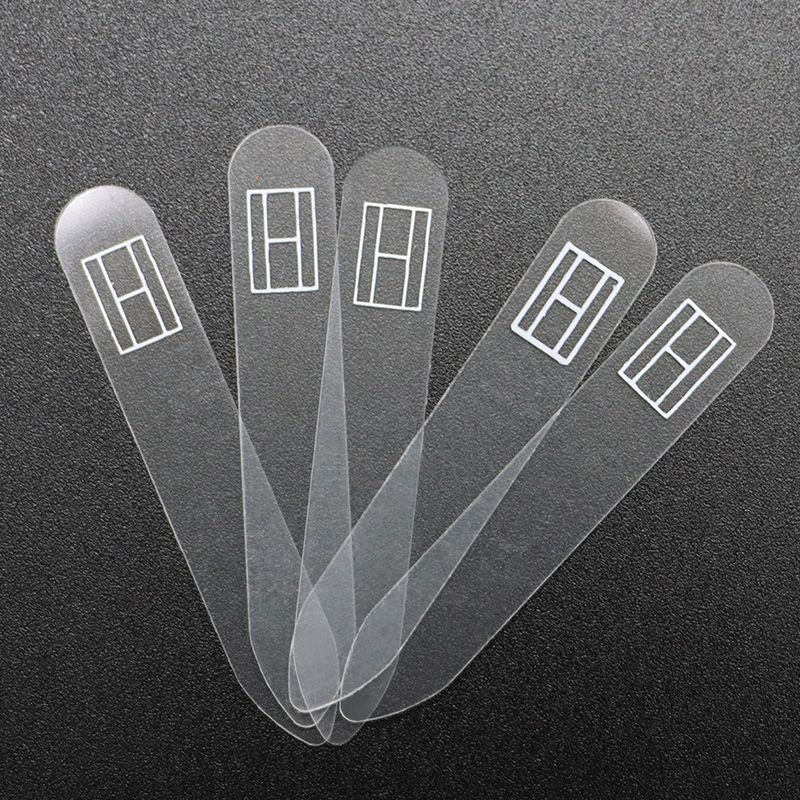How is mother of pearl shell laminate or mother of pearl shell veneer made?
Creating luxurious MOP veneer seems complex? The intricate steps can be mystifying, risking underappreciation of this art. Unveil the detailed making process now.
Mother of pearl shell veneer is meticulously crafted by selecting raw shells, peeling, cutting them into small pieces, slicing these into ultra-thin layers (~0.2mm), flattening, shaping, artfully assembling them onto an adhesive backing, gluing, then precisely grinding, polishing, sizing, and finally cleaning.

white mother of pearl shell veneers
The transformation of a raw mollusk shell into a shimmering sheet of mother of pearl veneer is a testament to skilled craftsmanship and meticulous attention to detail. Understanding this intricate process not only enhances appreciation for the material but also highlights the artistry involved. Let’s explore what this exquisite laminate is and the detailed steps of its creation.
What is mother of pearl shell laminate or mother of pearl shell veneer?
Uncertain about MOP shell laminate’s true nature? It’s more than just shell; it’s nature meticulously transformed. Define this luxurious material accurately.
Mother of pearl shell laminate or veneer is a thin, decorative surfacing material expertly crafted from the nacreous inner layer of various mollusk shells, processed and assembled into sheets.
Mother of pearl (MOP) shell laminate, often referred to as MOP shell veneer or shell paper, is a premium decorative material. As your insight begins,mother of pearl shell laminate or mother of shell laminate is made from various shell raw materials, after peeling. It fundamentally involves taking the beautiful, iridescent nacre – the same substance that forms pearls – from the inner lining of shells. This nacre is then carefully processed. The shells are first peeled, then cut into smaller pieces, which are further sliced into ultra-thin layers. These layers are then flattened, shaped, and meticulously assembled, often onto a backing like an adhesive sticker, to create a continuous, flexible, and stunning surface. This allows the natural beauty of the shell to be applied to diverse products, from high-end furniture and musical instruments to intricate jewelry and sophisticated architectural features, imbuing them with unparalleled elegance.
How many processes are involved in making mother of pearl shell veneer?
Wondering about MOP veneer’s detailed creation? Each precise step is crucial for its final, exquisite quality. Discover the comprehensive manufacturing stages now.
Making MOP veneer involves over ten critical stages: raw shell sourcing & peeling, initial cutting, precision multi-layer slicing (~0.2mm), flattening, oven shaping, adhesive assembly, surface gluing, multi-stage grinding & polishing, custom sizing, and final cleaning.

angle wing mother of pearl shell veneer
The journey from a raw shell to a delicate, paper-thin veneer is a sophisticated, multi-stage operation requiring both skill and specialized machinery. Your detailed insights provide a clear blueprint: "mother of pearl shell lamiante or mother of shell laminate.The following are some stages of making mother of pearl shell laminates or mother of pearl shell veneers.
Let’s break this down into key operational stages:
Stage 1: Raw Material Preparation and Initial Cutting
The process starts with various shell raw materials. These are peeled to remove outer layers and expose the nacre. Then, they are cut into needed small pieces or strips according to requirements.
Stage 2: Precision Slicing and Thinning
These pieces are placed on a fixed machine for layered cutting. Impressively, generally one shell piece is cut into three to four pieces, yielding incredibly thin slices: the thickness of the cut shell pieces is only about 0.2mm.
Stage 3: Flattening and Shaping
The naturally curved, thin shell slices undergo fixed and flattened on a tool. To ensure they are perfectly straight and workable, they are finally put into an oven for shaping, to make them straight.

the polished mother of pearl shell slices
Stage 4: Assembly and Bonding
These flattened thin shell pieces will be neatly arranged as required on adhesive stickers coated with glue.After they are pasted, another layer of glue will be applied to the surface of the adhesive sticker to secure the mosaic.
Stage 5: Grinding, Polishing, and Sizing
After the surface glue dries, it will successively enter the coarse grinding and fine grinding polishing stages.After polishing, the shell veneers will be cut to the appropriate size.
Stage 6: Final Finishing
The last steps involve.Finally, the adhesive sticker will be torn off, and the final step of dust removal and wiping will be carried out.Thus, an exquisite and iridescent MOP laminate/veneer is made.
What are the features of mother of pearl shell laminate?
Why is MOP laminate so highly valued? Its unique attributes offer much more than just surface aesthetics. Explore its standout characteristics now.
Mother of pearl shell laminate features captivating natural iridescence, inherent pattern uniqueness, remarkable thinness (~0.2mm), flexibility for diverse designs, and an undeniable luxurious, eco-friendly appeal.
Mother of pearl shell laminate, born from such a meticulous process, possesses several distinct characteristics that make it a prized material in luxury design and high-end decoration:
Unmatched Natural Iridescence
The defining feature of MOP is its enchanting play of light and color. The microscopic crystalline structure of nacre interacts with light to create a shimmering, shifting iridescence that synthetic materials simply cannot replicate. Each angle reveals new depths and hues.
Inherent Uniqueness
As a product of nature, every piece of mother of pearl shell is unique. The specific shell species, its growth conditions, and the part of the shell used all contribute to variations in color, pattern, and lustre. This ensures that any item adorned with MOP veneer possesses an exclusive, one-of-a-kind beauty.
Remarkable Thinness and Flexibility
As highlighted in its manufacturing, the veneer is incredibly thin, typically around 0.2mm thick. This thinness, combined with its assembly on a flexible backing (prior to final application), allows it to be applied to curved and complex surfaces where thicker, rigid materials would not be feasible.
Luxurious Aesthetic Appeal
For centuries, mother of pearl has been synonymous with luxury, opulence, and refinement. Its luminous surface instantly elevates the perceived value and sophistication of any product, from furniture inlays and musical instruments to fashion accessories and interior wall panels.
Eco-Conscious Choice
Often sourced from shells that are byproducts of the food industry or from sustainably farmed aquaculture, mother of pearl can be an environmentally conscious decorative material. Manufacturers like Solar Shell, who emphasize natural and sustainably sourced materials, further enhance this aspect.
These combined features make mother of pearl shell laminate a versatile and captivating material, ideal for adding a touch of natural splendor and timeless elegance.
Conclusion
The creation of mother of pearl veneer is a precise art, transforming natural shells into stunningly thin, iridescent sheets through meticulous cutting, shaping, assembly, and polishing for luxurious designs.







